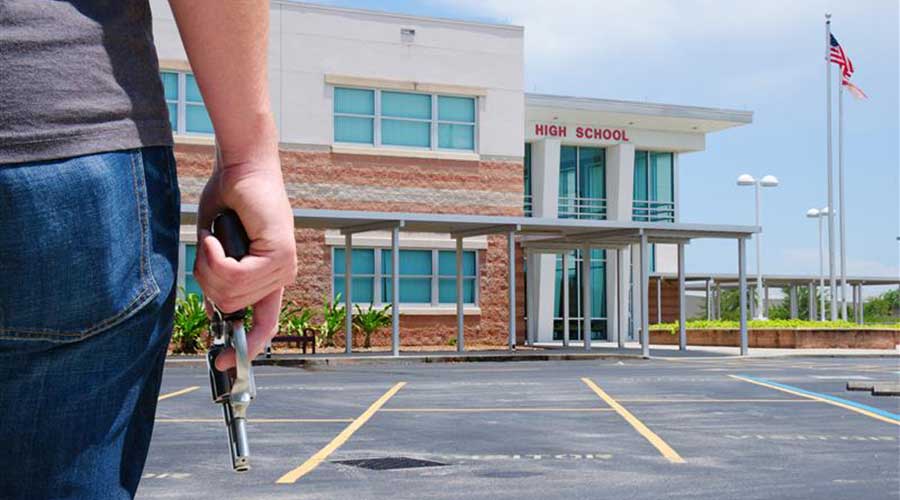Facility Management and IT Team Up at Rockefeller University
In some organizations, the situation would have been a mini-disaster between facility management and IT. The facility department had done a test of the emergency power system without letting IT know the test was coming, and part of the data center went down — including the server that handled email. Once power was restored, IT was flooded with messages demanding to know what had happened.
The situation was ripe for finger-pointing and acrimony. Instead, the facility manager sent an email to everyone affected, explaining what happened. In reply, he got, of all things, some thank-yous from people on campus who appreciated his candor and willingness to let them know what had happened.
For Alexander Kogan, associate vice president, plant operations and housing, Rockefeller University, and Jerry Latter, associate vice president for IT and chief information officer at the university, that incident was an “A-ha” moment: Working together made a lot more sense than pointing fingers.
Rockefeller is a major biomedical research institution and hospital. It boasts 24 Nobel prize winners, including six currently on the faculty. Kogan is responsible for 21 buildings on the main campus — which includes research space, food service, a library and a hospital — along with residence halls off campus.
It’s not hard to see why FM and IT in many organizations have a checkered history. The two departments see the world in very different ways. When it comes to downtime, for example, five or 10 minutes may not seem like a very big deal to a facility manager. Even on a major research campus like Rockefeller University, a ten-minute outage isn’t enough to cause critical laboratory freezers to lose temperature. But ten minutes without email, Internet connectivity, or access to data can seem like an eternity to occupants.
“I think on the facilities side we think, oh, we’ll get the switch back on in five, ten minutes,” says Kogan. “You really can’t afford to do that on the network side.”
After the ill-fated generator test, Kogan and Latter decided to start meeting weekly. Sometimes it was just the two of them; sometimes they brought staff along. The idea was to go through a laundry list of items and brainstorm how to handle them.
Simply improving communication made some problems go away.
Before Latter arrived, there might have been friction between FM and IT over the right temperature in the data center. “Should I even bother if a network engineer thinks it’s a little warm?” asks Kogan. “What’s a real complaint?” With regular meetings, Kogan and Latter could talk over issues like that. Once both sides understood where the other was coming from, it was a lot easier to agree on a course of action.
Related Topics:












